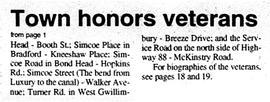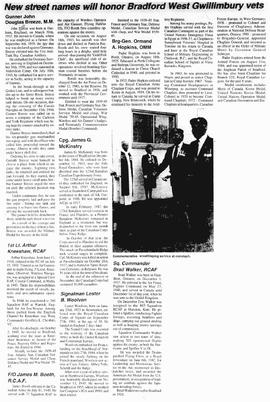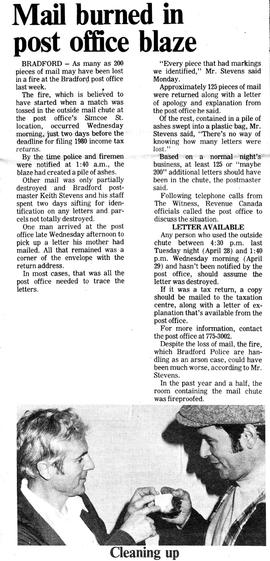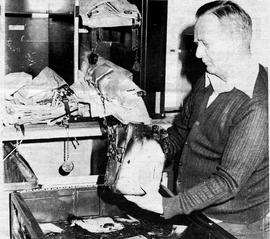Bradford Witness and South Simcoe News
February 15, 1984
W. Earl Rowe, veteran of federal politics and former lieutenant-governor of Ontario, died yesterday of a heart attack at his farm, about 70 kilometres (43 miles) north of Toronto. He was 89.
A lover of both politics and horses, Mr. Rowe spent 35 years as a Progressive Conservative member at both provincial and federal levels before being named lieutenant-governor in 1963, a post he held for five years.
His only defeat at the polls came in 1937, when he waged an unsuccessful attempt to wrest the Ontario premiership from Liberal Mitchell Hepburn. Shortly afterwards, he returned to federal politics.
Born in Iowa of Ontario parents, Mr. Rowe began his political career in 1919, when he was elected reeve of Gwillimbury Township.
He next won a provincial seat in the riding of South Simcoe in 1923 and two years later won the federal seat of Dufferin-Simcoe. He held the seat for 38 years with the only interruption being his try for the Ontario premiership.
Mr. Rowe was the youngest member in the cabinet of R.B. Bennett, serving briefly in 1935 as a minister without portfolio in the short-lived government. he resigned his federal seat and returned to provincial politics when the government was defeated in November of that year.
He remembered Bennett as "probably the most knowledgeable and least appreciated prime minister because of the very difficult time he went through."
Mr. Rowe was provincial Tory leader from 1936 to 1938, but his failure to win a seat in the 1937 election, and reported dissension in party ranks, sent him back to Ottawa.
He ran federally for Dufferin-Simcoe again in 1940, and was reelected six times before leaving federal politics in 1963 to become lieutenant-governor, a position he held for five years.
Mr. Rowe and his late wife, Teva, raised horses.






